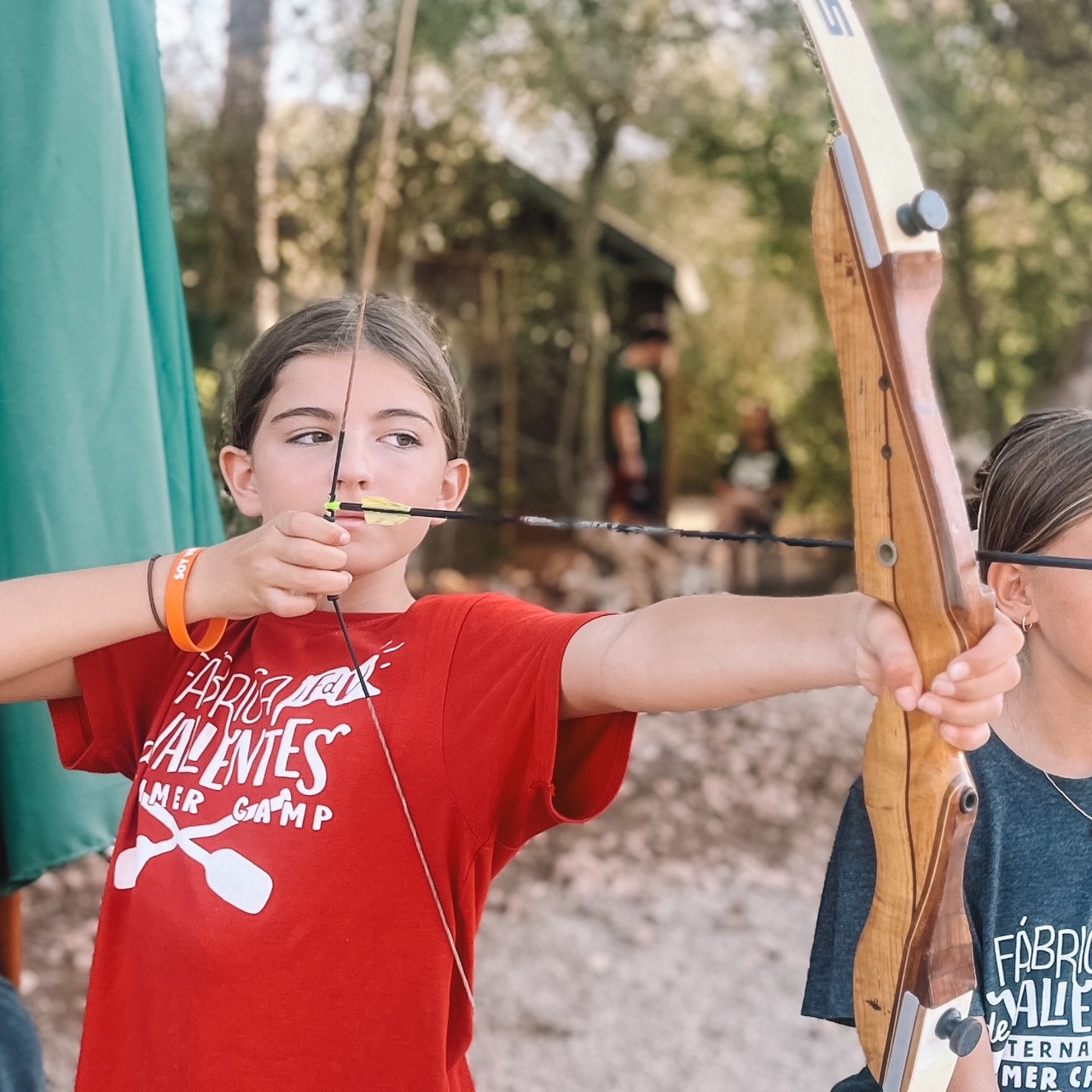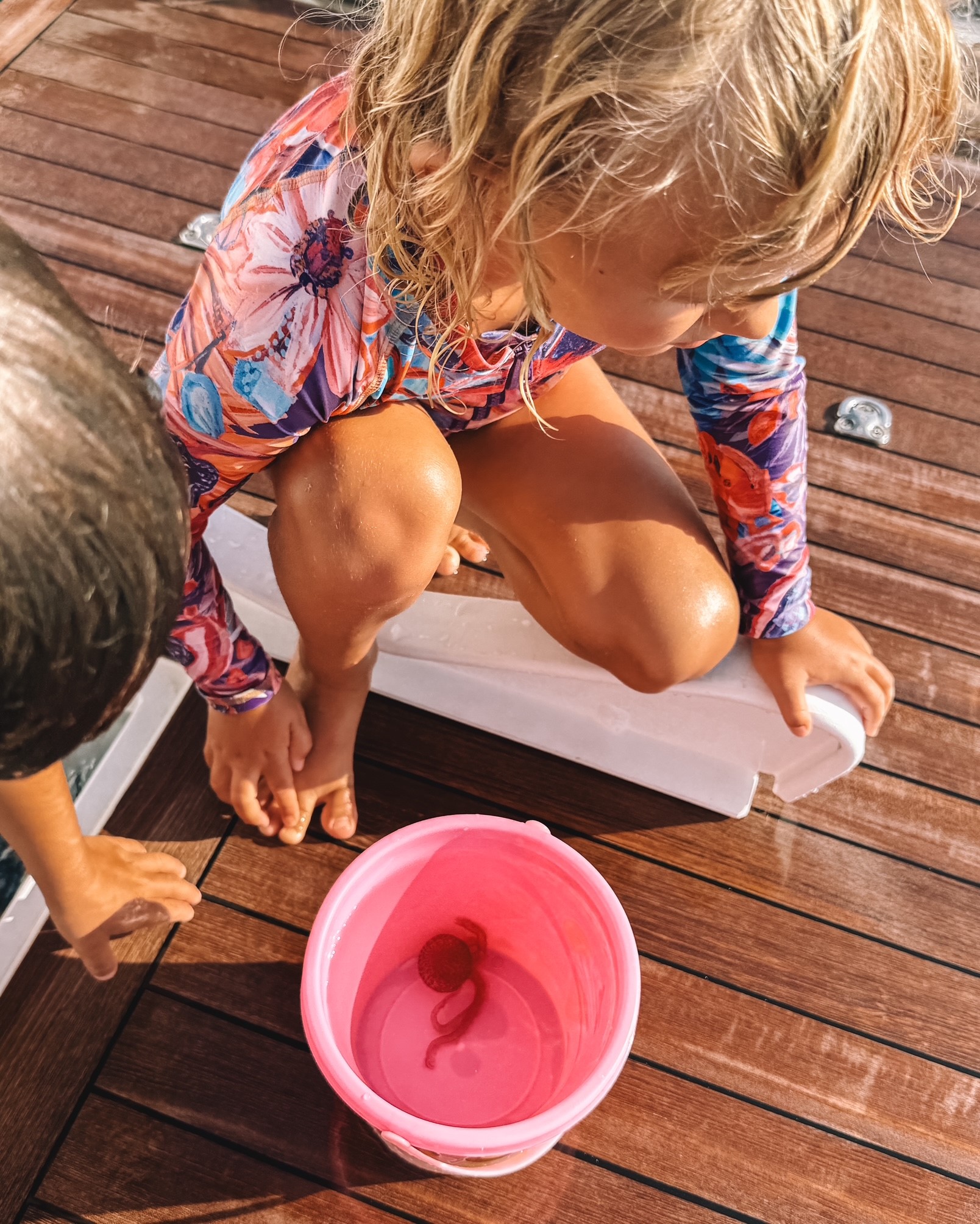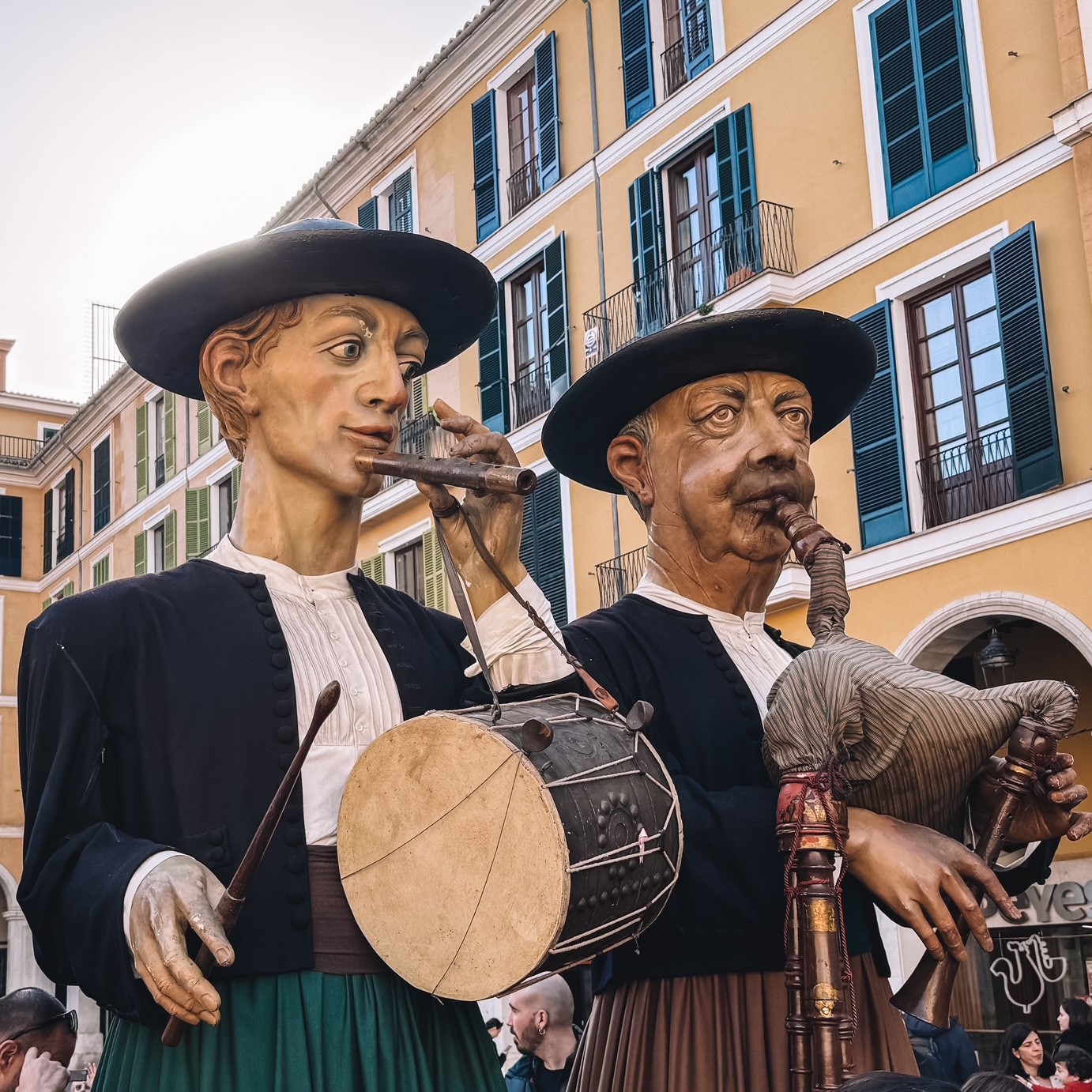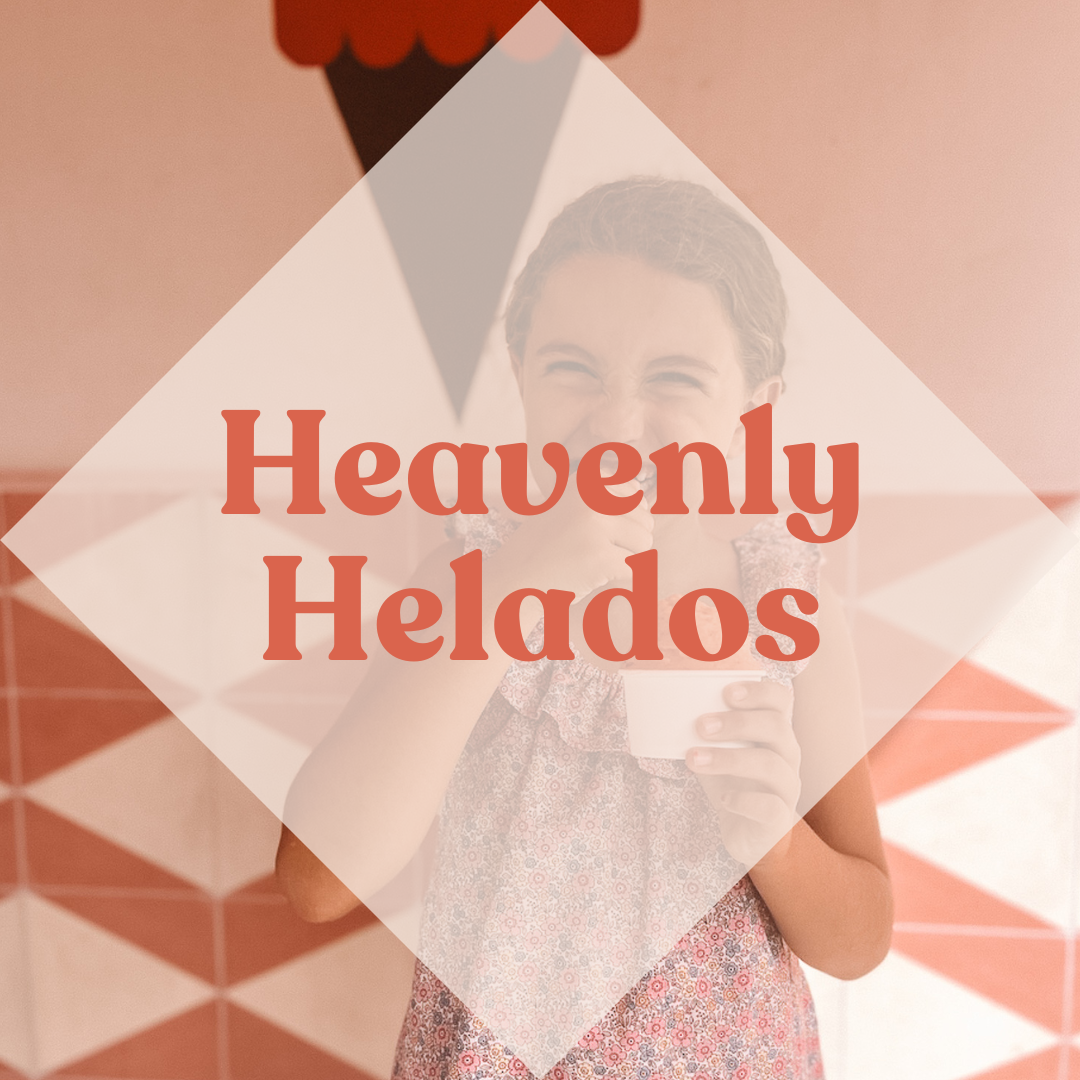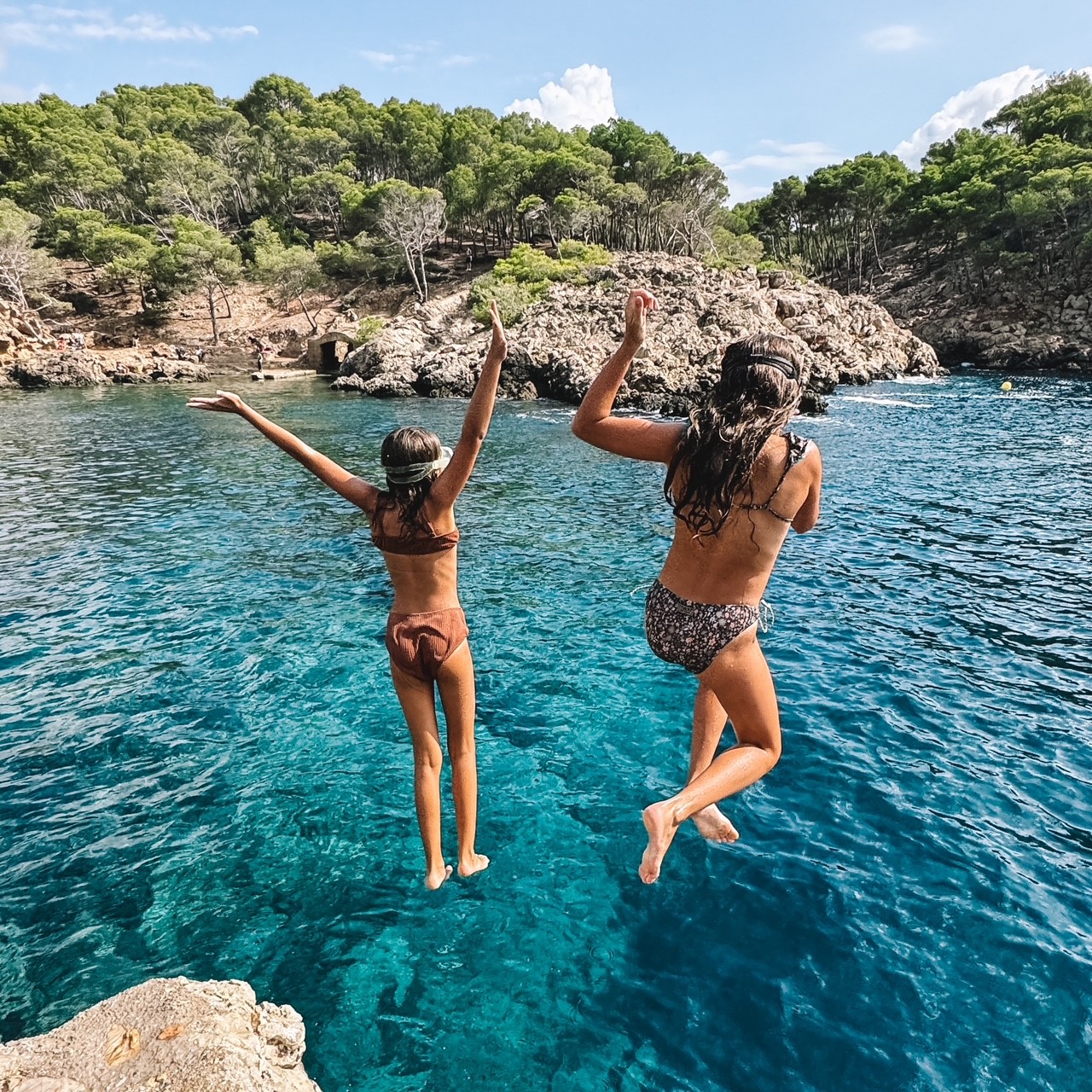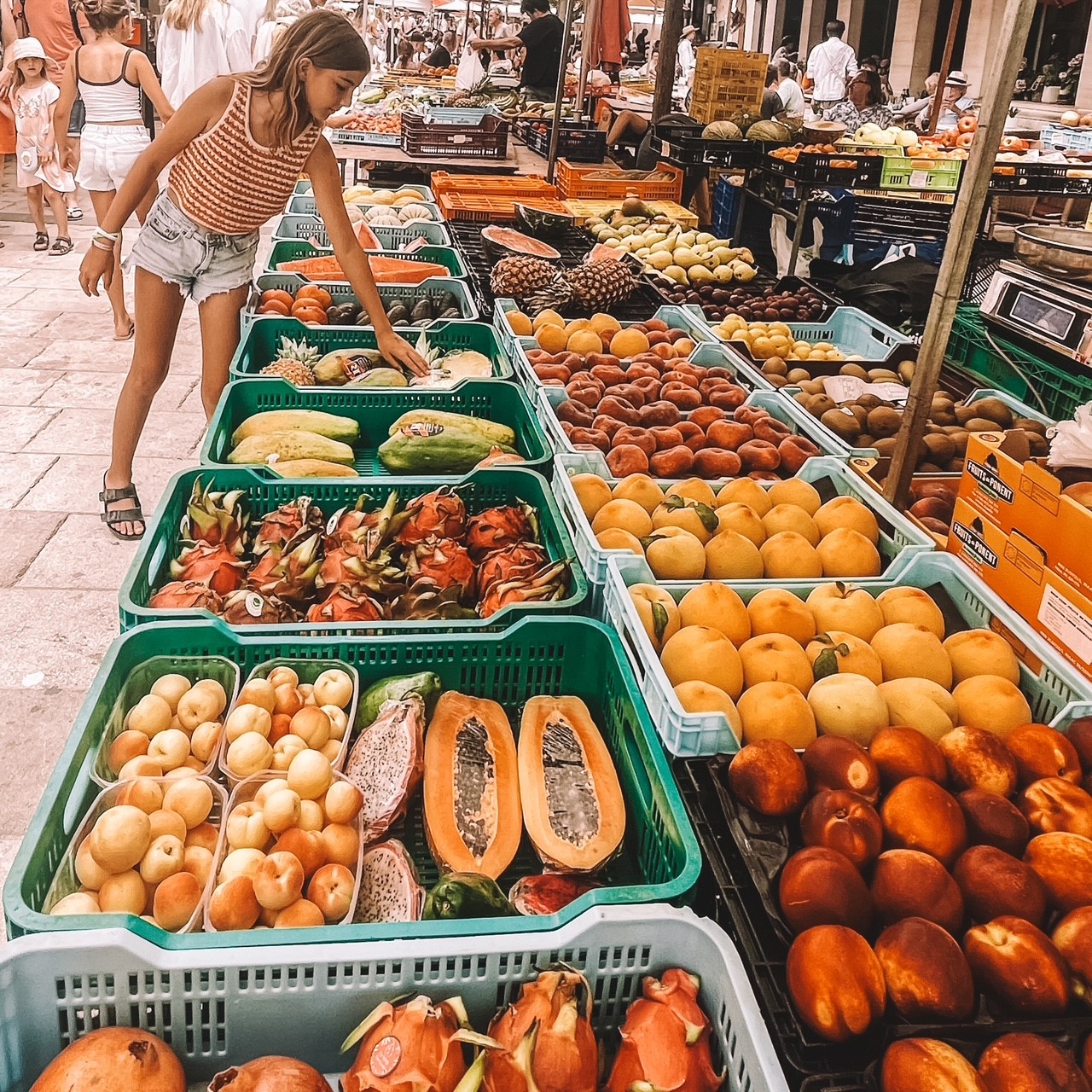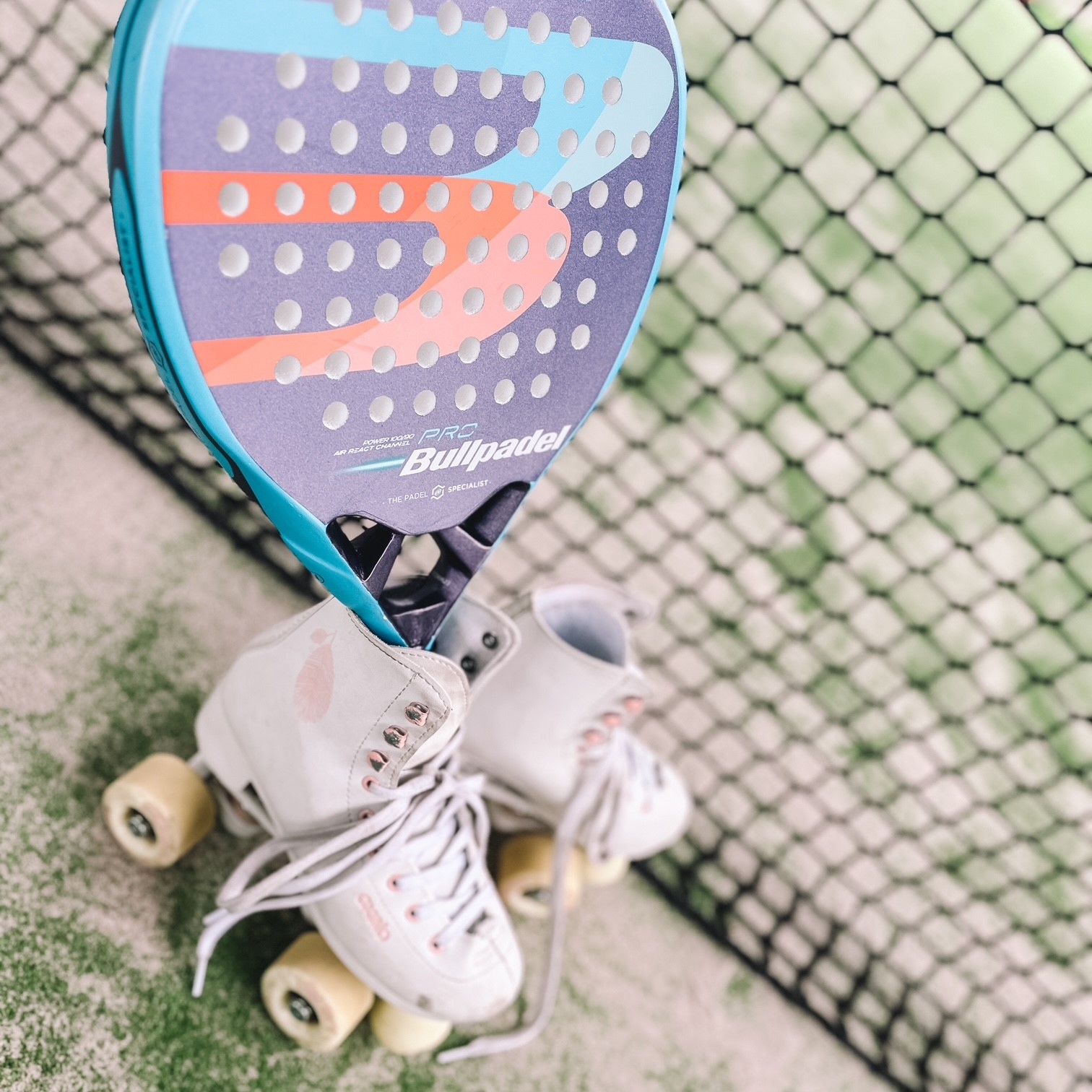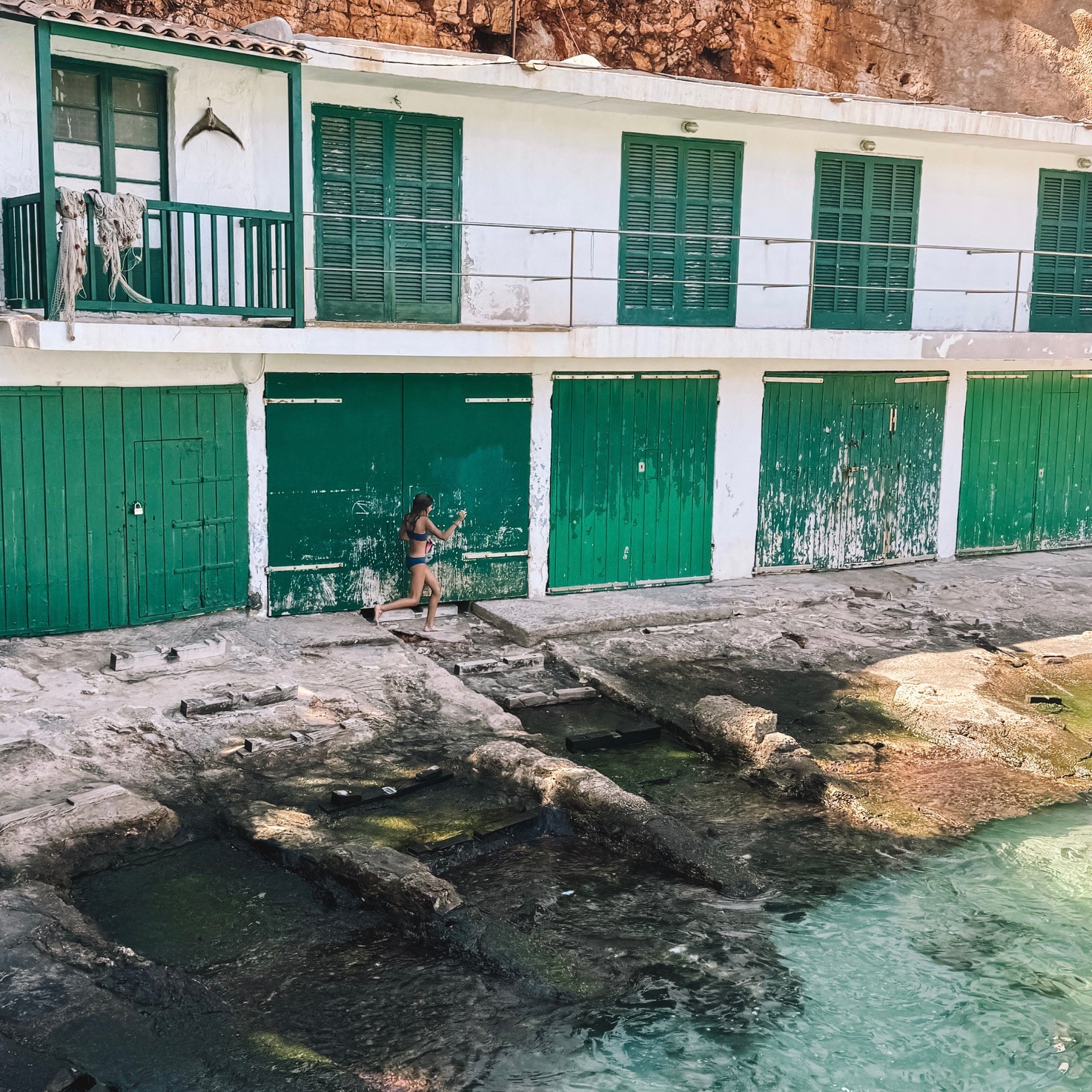Destination Guides
Where to Stay in Mallorca With The Kids: The Family Friendly Guide
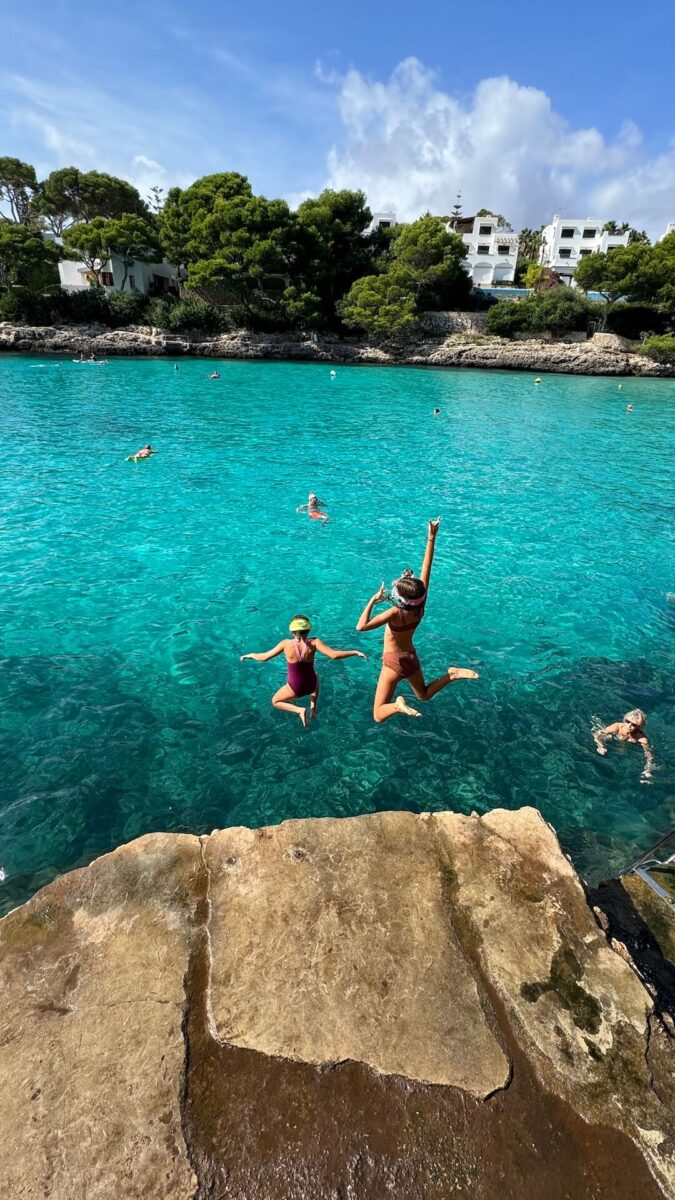
Mallorca, the largest of Spain’s Balearic Islands, has long been a favourite for family holidays — and it’s easy to see why. With over 300 beaches and year-round sunshine, the island offers far more than lazy days by the sea. It’s a Mediterranean all-rounder, perfect for everything from coastal downtime to rural retreats and outdoor adventures with kids of all ages.
In recent years, “alternative Mallorca” has come into its own, drawing families to charming villages, seasonal fairs and the dramatic Tramuntana mountains — ideal for hiking, cycling and nature-loving families. Over in Palma, the island’s foodie capital blends culture and kid-friendly fun with a side of winter sun, making it a great off-season escape.
Places to stay have stepped up too. From polished family resorts with kids’ clubs to boutique hotels, countryside stays and well-equipped villas, there’s something for every kind of trip.
Whether you’re here for the buzz of summer or slipping away for some out-of-season warmth, Mallorca makes family travel easy, whatever your style or budget. From the fly-and-floppers to the adventure-til-you droppers, here’s how to find the right fit for your family — and make the most of your time on the island.
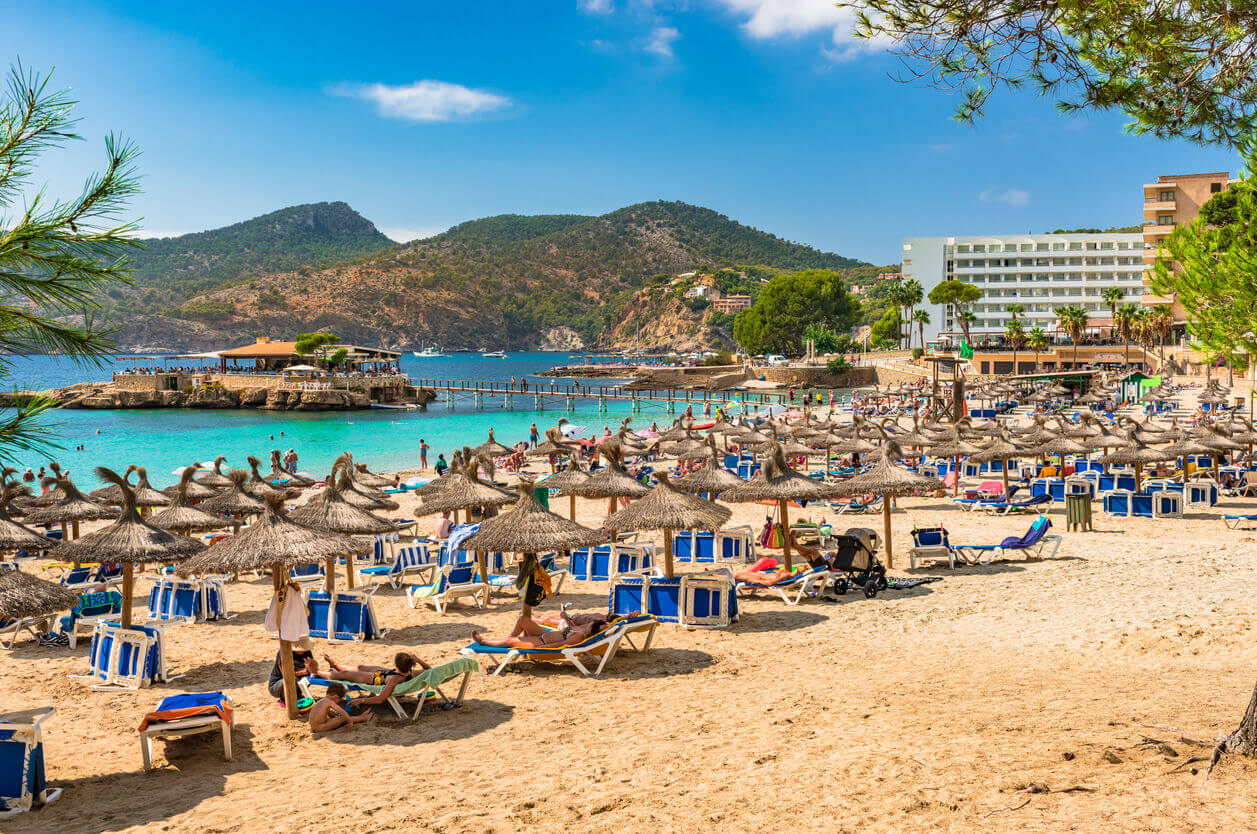
1
Find your Family Holiday Vibe
What Makes a holiday a holiday for you? Choosing the right family holiday in Mallorca starts with taking a (rare) quiet moment to contemplate what you and the family really want from your time away. Dreaming of poolside lounging while the kids splash safely nearby or (dare I say it) head off happily to an action-packed kids’ club while you actually finish a book? Or are keen to make memories all together, exploring caves, cycling scenic trails or kayaking along the coast?
Ages matter, too of course. Time off with a toddler-in-tow is best served with a splash pool and secure gardens, while tweens and teens will be craving the freedom to roam and shops to browse. Travelling with grandparents or extended family? Weighing up the ease of a hotel (no chores, no endless cooking and cleaning up) versus the space and flexibility of a villa might help everyone stay sane.
Key questions to help narrow it down:
- Are you happy to wash the occasional dinner plate, or will the kids demand daily chocolate churros for breakfast?
- Peace and quiet by the pool while the baby naps, or kids clubs check in after lunch while you grab some zzzzz
- Ice creams and sandy toes, or olive groves to roam and mountain views?
- Are you happy to get in a car daily for beach and shops, or is strapping in the squeling toddler exactly what you travel to avoid
- Will you be out exploring, or more into staying put?
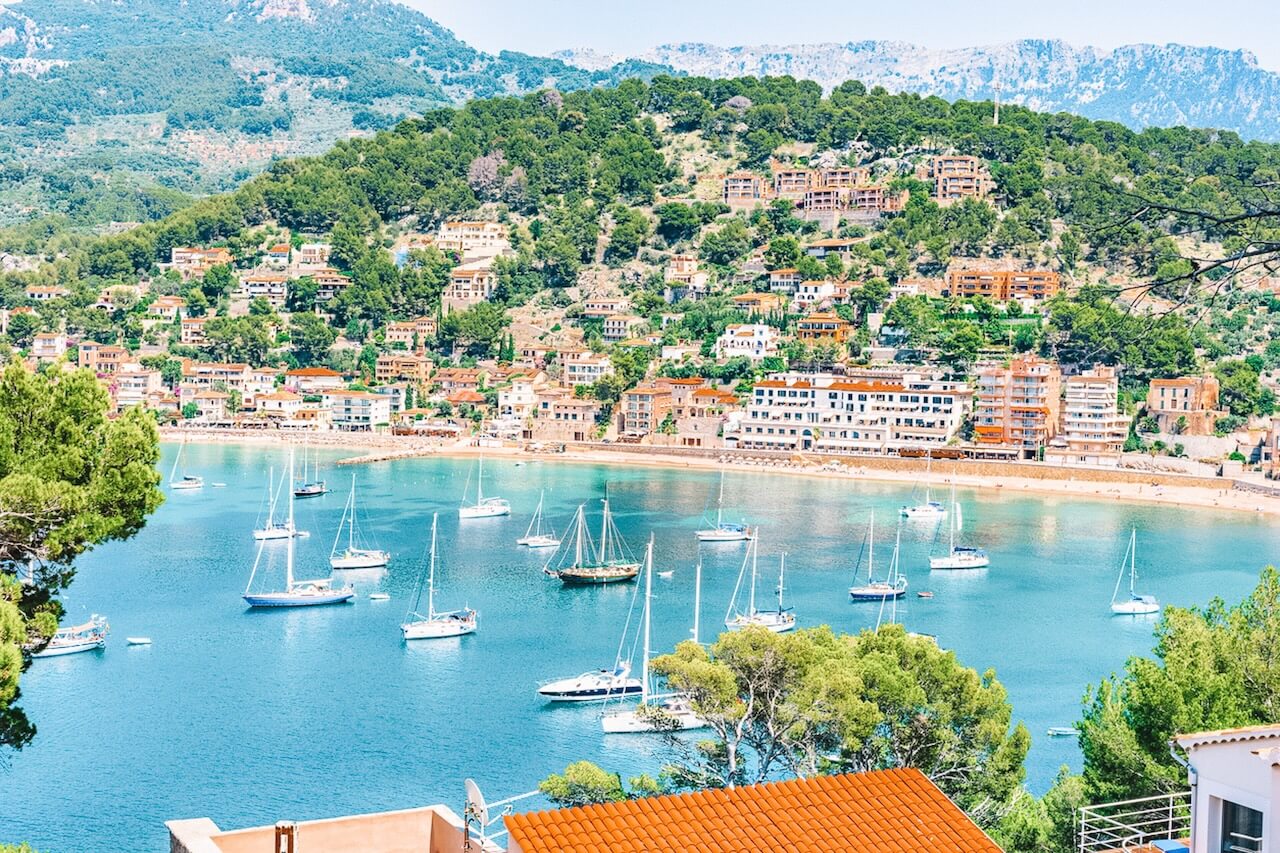
2
Choosing the Right Area
Mallorca isn’t huge, but each region has its own rhythm. If day trips are low on your agenda, picking the right area makes all the difference. From all-singing resorts to quiet coves, here’s a tidy summary:
Palmanova & the Southwest Coast
This is one of the island’s most family-friendly pockets. Portals gives you yachts, stylish beach clubs and quick access to Palma. Palmanova is the go-to for long sandy beaches, big hotels and plenty of activities. It’s lively, practical, and loved by British families. For something slower, Camp de Mar and Sant Elm offer calm waters and coastal charm.
- Parent Perks: Family-friendly beaches, water parks and close proximity to Palma.
- Family Fun: Western Water Park, snorkelling at Malgrats Island, and beachfront prom scoots.
Best for: Families who want a buzzing beach resort with big hotels and easy access to attractions.
Alcúdia, Pollença & the North Coast
Calm beaches, old towns, and mountain views make this region a winner. Alcúdia’s cobbled streets and Roman ruins are great for wandering, while Port de Pollença is ideal for relaxed beach days and pine-lined strolls. Playa de Muro offers shallow waters and hotels made for families.
- Parent Perks: Historic towns, paella by the beach, and buggy-friendly promenades.
- Family Fun: Watersports, Albufera Park cycling and splash-happy beach days.
Best for: Families after calm, sandy beaches and charming towns with just the right amount of action.
Sóller & the Tramuntana Mountains
For families craving views, nature, and a gentler pace. Sóller’s vintage tram is a winner with little ones, and Port de Sóller ticks all the boxes for pushchair-friendly strolls, a safe beach, and easy dining. Fornalutx and Deià deliver full mountain charm and boutique stays.
- Parent Perks: Ice cream stops, tram rides and breezy cafés with a view.
- Family Fun: Hikes, tram spotting, and mountain exploring.
Best for: Nature lovers and families wanting a relaxed, scenic escape.
Santanyí & the South Coast
This stretch is all about turquoise coves, cove-hopping, and charming little towns. Cala d’Or is buzzy and fun, while Es Trenc brings the white sands. Portocolom and Porto Petro are perfect for harbourside lunches.
- Parent Perks: Gorgeous coves, seafood spots and local markets.
- Family Fun: Snorkelling, cliff jumping and the ever-popular ostrich farm.
Best for: Families into beach days, boat rides and laid-back seaside life.
Artà & the East Coast
Big beaches, castles, caves and space to run around — this side is great for easygoing family holidays. Porto Cristo offers a lovely harbour and access to the famous caves. Inland towns like Artà and Capdepera add charm, markets and medieval fun.
- Parent Perks: Roomy beaches, charming towns and quiet countryside bases.
- Family Fun: Dinosaurland, castles and cave adventures.
Best for: Families who want a classic beach holiday with extras nearby.
Palma
The capital is compact, cultural and surprisingly great with kids. Easy beach access, loads of green space, and museums and markets to explore.
- Parent Perks: Great dining, shopping, and sea views.
- Family Fun: Palma Aquarium, Bellver Castle, and bike rides by the water.
Best for: Families who want culture, coast and a city buzz.
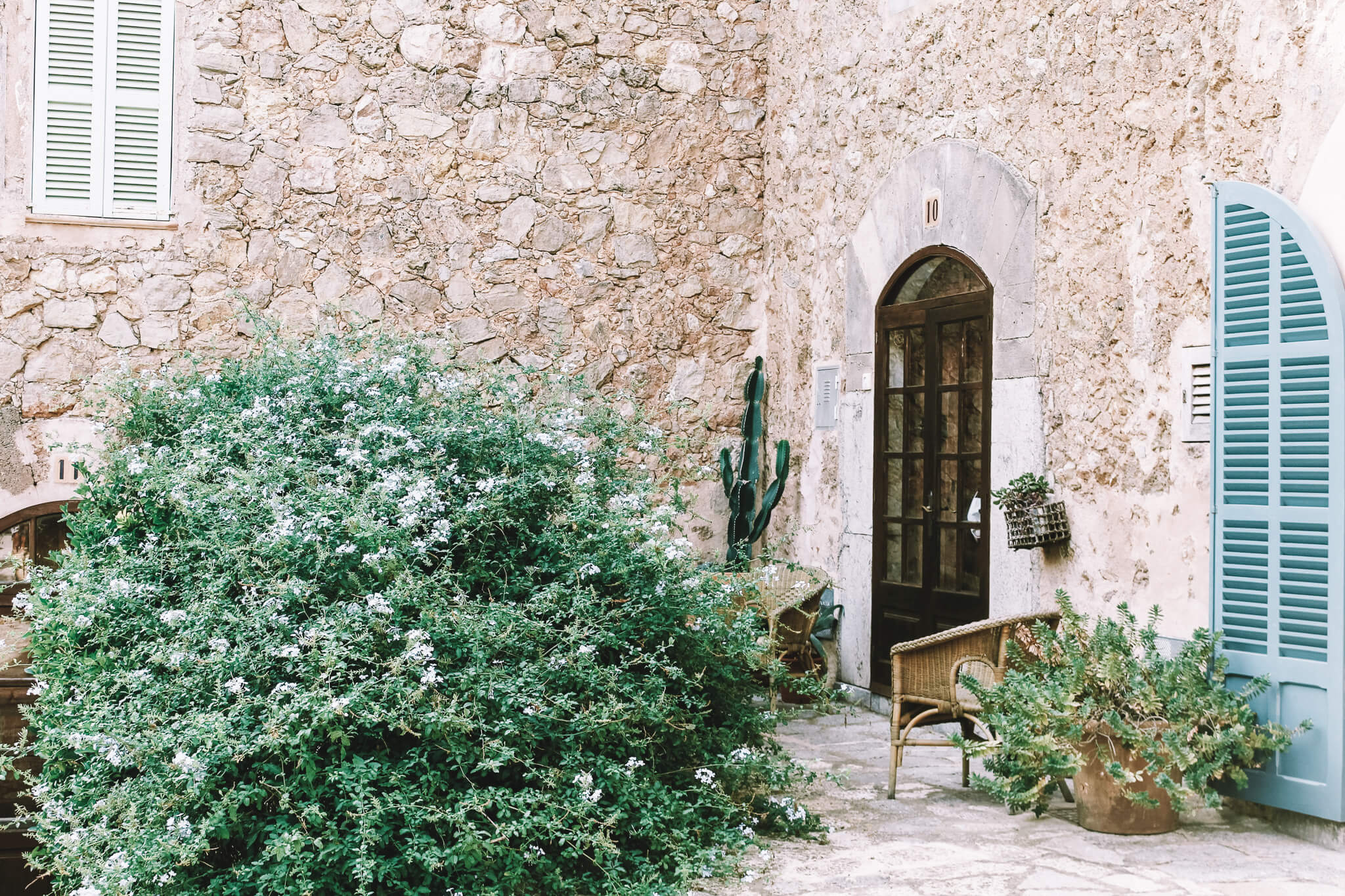
3
Accommodation Types
Hotels & Resorts
From splash parks to kids’ clubs and buffet breakfasts, Mallorca’s family resorts take the pressure off. Big hotel chains in areas like Alcúdia and Palmanova often offer kids’ entertainment, interconnecting rooms and plenty of space to run around. New luxury all-inclusives are setting the bar high, with excellent dining and thoughtful family perks.
- Why go for a hotel? No chores, plenty to do, and someone else makes breakfast.
- Best for: Families who want structure, childcare options and entertainment on tap.
Villas & Apartments
For freedom, flexibility and private pool time, nothing beats your own space. Great for bigger groups, picky eaters or late-night swimmers. Expect full kitchens, terraces, and sometimes even housekeeping or private chef options.
- Why go for a villa? More space, your own schedule and no one judging midnight snacks.
- Best for: Larger families or those wanting more independence.
Agroturismos & B&Bs
Farm stays, but make it boutique. Agroturismos in Mallorca often blend rustic charm with design-led touches and excellent food. Perfect for families after a quieter pace, beautiful surroundings and a more local feel.
- Why go for an agroturismo? Stunning settings, authentic feel and room for the kids to roam.
- Best for: Families looking to slow down and switch off.
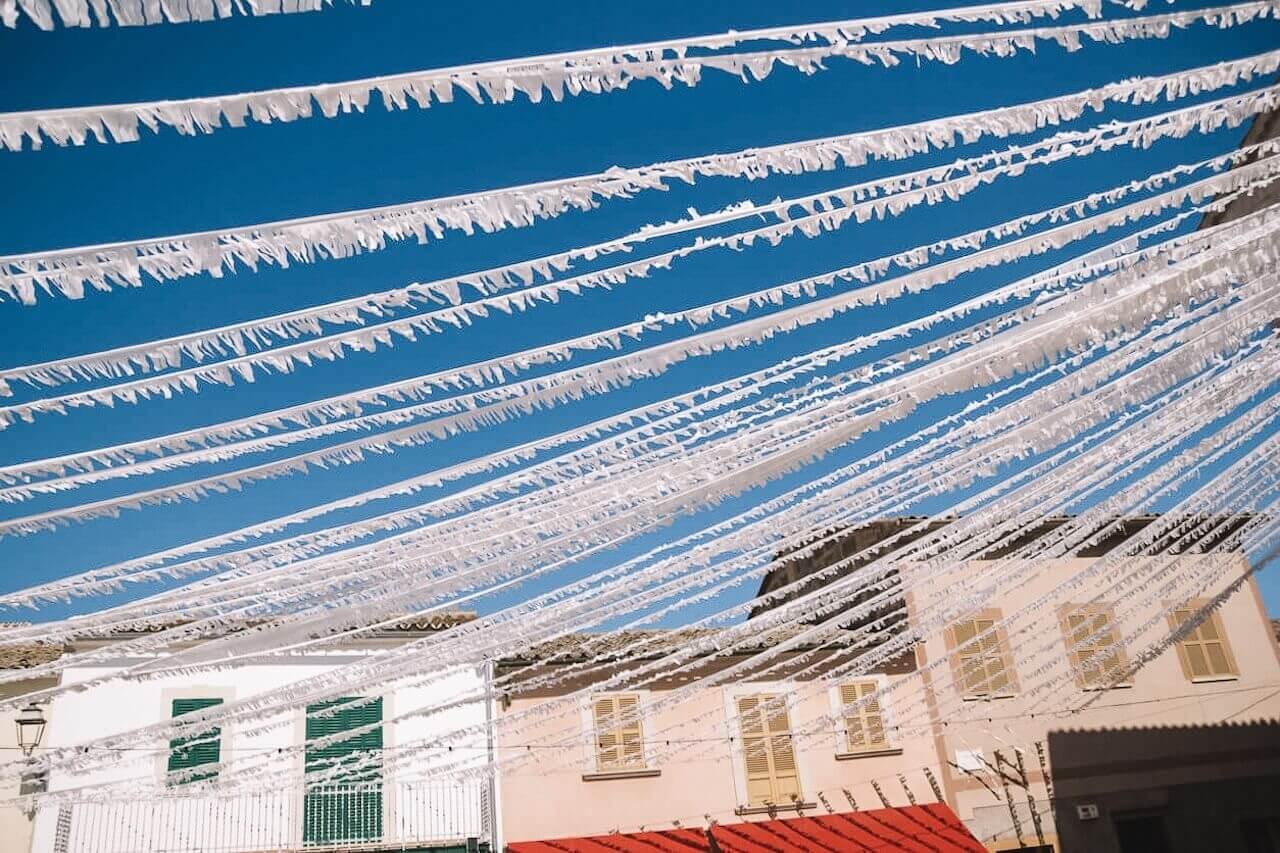
4
Best Time to Visit
Summer
‘The season’ officially begins in May, but it’s from June onwards that the sun-seeking crowds really arrive. Everything is open, busy, and buzzing with energy. Expect full beaches — or head for the rocks, or hop on a boat, for quieter swims.
Autumn
Ideal for younger children, with warm weather and fewer crowds. There’s often a burst of storms in late August or mid-September, followed by a second summer in October. The sea stays warm, the crowds thin out, and most restaurants and hotels stay open and lively — just without the chaos.
Winter
Expect quieter, sunny days and excellent prices — though some resorts and restaurants do close in January. November can be beautifully bright or moodily wet. Seasonal hotels usually shut at the end of October, so options can be more limited. December brings magical Christmas festivities (especially near Palma), January is lit up with fiery festivals and crisp mountain hikes, and February offers the first sea dips and a wave of almond blossom as spring stirs. Many attractions and all water parks close from November through May, but there’s still plenty to do — rain or shine.
Spring
From March to May, Mallorca hits its stride: lush valleys, wildflowers, and sunny days balanced by much-needed rain. For many, this is the island at its most magical. It’s a brilliant time to visit with kids — beach restaurants, water sports and family attractions begin to open in April, with almost everything in full swing by the first weekend of May.
Whatever time you visit, Mallorca offers a bit of everything. With the right base, the right stay, and a good beach bag or hiking backpack, you’re all set for a holiday that works for the whole family.
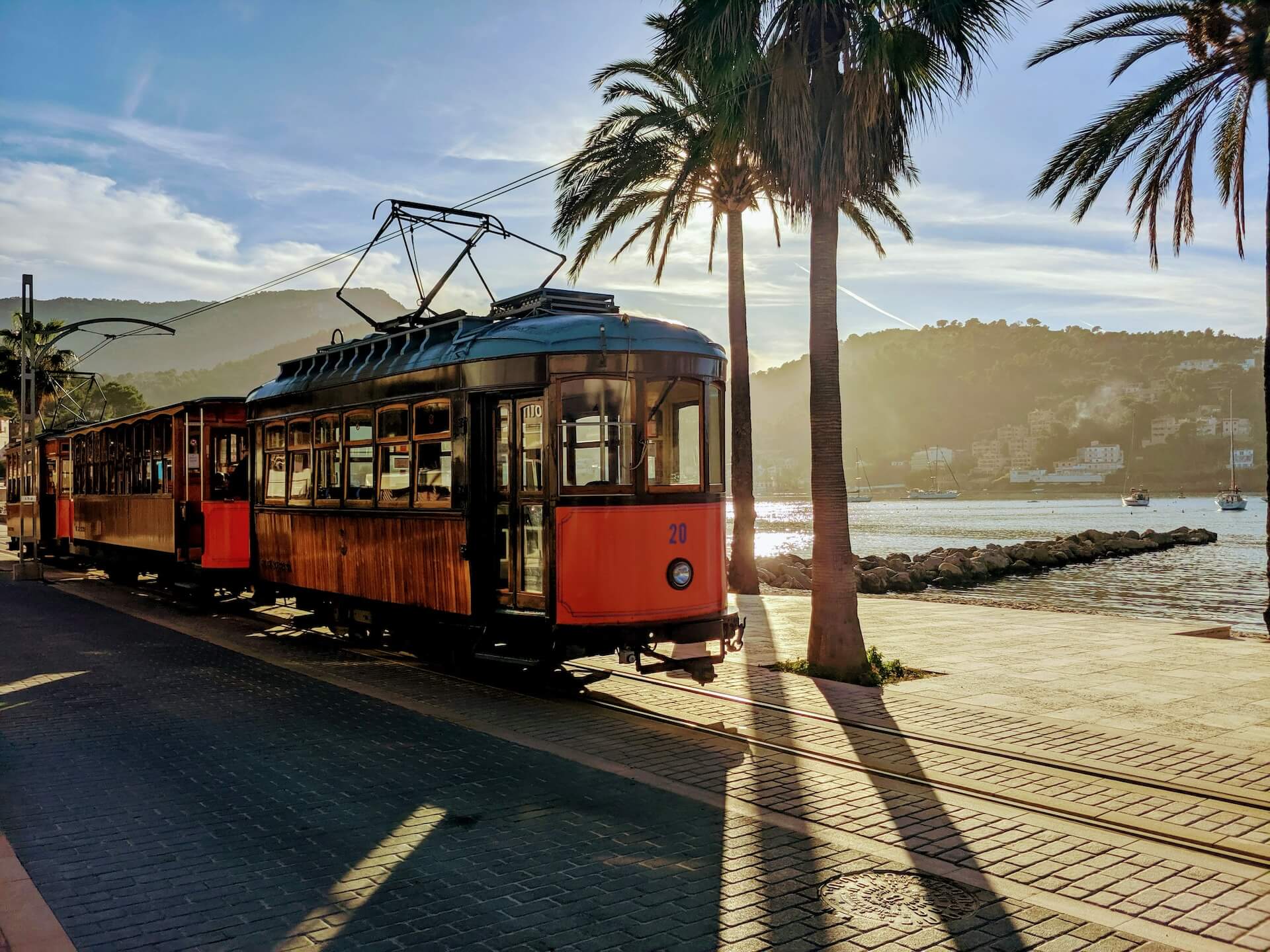
5
Getting There & Around
Mallorca is just a short hop from most of Europe and well-connected by seasonal flights from the US. The closest mainland airports with frequent connections are Valencia and Barcelona, but Madrid is just under 1.5hrs away.
Flying might be the fastest way to reach Mallorca, but arriving by ferry offers a slower, more scenic route — and a great option for families travelling with a car, road-tripping through Spain or looking to skip the airport altogether. Whether you’re coming from mainland Spain, France or one of the neighbouring Balearic islands, there are a range of ferry routes that connect you directly to Mallorca. Here’s a tidy summary:
From mainland Spain, there are regular ferries from Barcelona, Valencia and Dénia. Barcelona is one of the most popular departure points, with multiple daily sailings to both Palma and Alcúdia. The journey takes between 6 and 8.5 hours to Palma, or 3.5 to 6 hours to Alcúdia. Many families opt for overnight crossings with a cabin to make the trip part of the adventure.
From Valencia, ferries to Palma take between 7 and 10 hours and also run daily, often with flexible timings and the option to bring your car on board. Dénia, on the Costa Blanca, offers a less frequent but still useful route to Palma, with crossings taking around 8 hours.
It’s also possible to reach Mallorca by ferry from France. Corsica Ferries operates services from Toulon and Sète to Alcúdia, though these are longer journeys — around 13.5 to 16 hours from Toulon and approximately 15 hours from Sète — and typically run a few times a week, often seasonally. These routes can work well if you’re combining a French road trip with an island escape.
If you’re planning to explore more than one Balearic island, there are also quick and frequent ferry connections from Ibiza and Menorca. The ferry from Ibiza to Palma takes between 2 and 4 hours, and from Ciutadella in Menorca to Alcúdia, the trip is just 1.5 to 2 hours. Both routes are family-friendly, car-friendly, and offer glorious sea views along the way.
Local Transfers in Mallorca are simple, and you can get around easily without a car in Palma, the South West and some smaller towns like Sóller. For rural stays or beach-hopping, a rental car makes life much easier. For more information on getting around the island, check out our handy guide.

